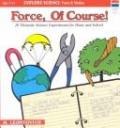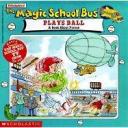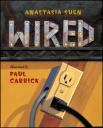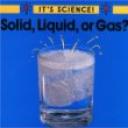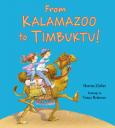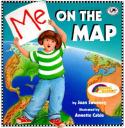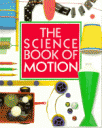
Ever considered that while the children in Canada are playing games in the snow, the children in Barbados are swimming in the ocean and playing baseball on the scolding sand? On the Same Day in March: A Tour of the World’s Weather, written by Marilyn Singer, is a written tour of places around the world including Kenya, Canada, France, New York City, Eqypt and China. Each of the scenarios are happening at the same time illustrating how different cultures live on a typical day in March. The illustrations throughout, by Frané Lessac, help the children to visualize the differences between places both physically and culturally. The story line flows from country to country showing people playing, working, cooking, gathering food and many other activities. This book has great illustrations and is a quick read that would be perfect for an introduction to almost any topic in geography.
Curriculum Connections
On the Same Day in March: A Tour of the World’s Weather would be most appropriate for first or second grade because of the simplified descriptions and the short storyline. It is most applicable to the second grade Virginia Standards of Learning for Geography. It is an excellent tool to use to introduce human and physical characteristics of the Earth’s places and regions. The countries of United States, China, and Egypt are highlighted so the students can learn to locate those places on maps. (2.4a) The excerpts on China and Egypt can aid in the teaching of the relationship between the environment and the culture of ancient China and Egypt.(2.4b) At the beginning of the book there is a map that locates the places in the book on a world map. This will introduce or strengthen the understanding of maps and could be used with an activity to teach the difference between the concepts of location and place.
The book can also be used to begin the study of map skills. They can learn about the equator, the seven continents, and the five oceans as it relates to the countries highlighted in the book. The addiction of a globe into the lesson can teach the difference between seeing continents and oceans from the perspective of a map versus a globe. (2.5a)
Additional Resources
- Mapping the Garden – this site provides a great lesson plan that could be used to teach the basic parts of a map( title, legend, and compass rose). It also is a great way for students to understand perspective by constructing a map of something familiar. (2.6)
- Craft: Chinese Lantern– this craft can be used to introduce artifacts of ancient china. (2.4b)
- Things to Know about Ancient Egypt– This page will be a great resource for interesting information to teach about Egypt. It will get you thinking about creative lesson plans the kids will enjoy and learn from. (2.4b)
Book: On the Same Day in March: A Tour of the World’s Weather
Author: Marilyn Singer
Illustrator: Frané Lessac
Publisher: Harper Collins Publishers
Publication Date: 2000
Pages: 30 pages
Grade Range: 1st -4th
ISBN: 0-06-443528-8

